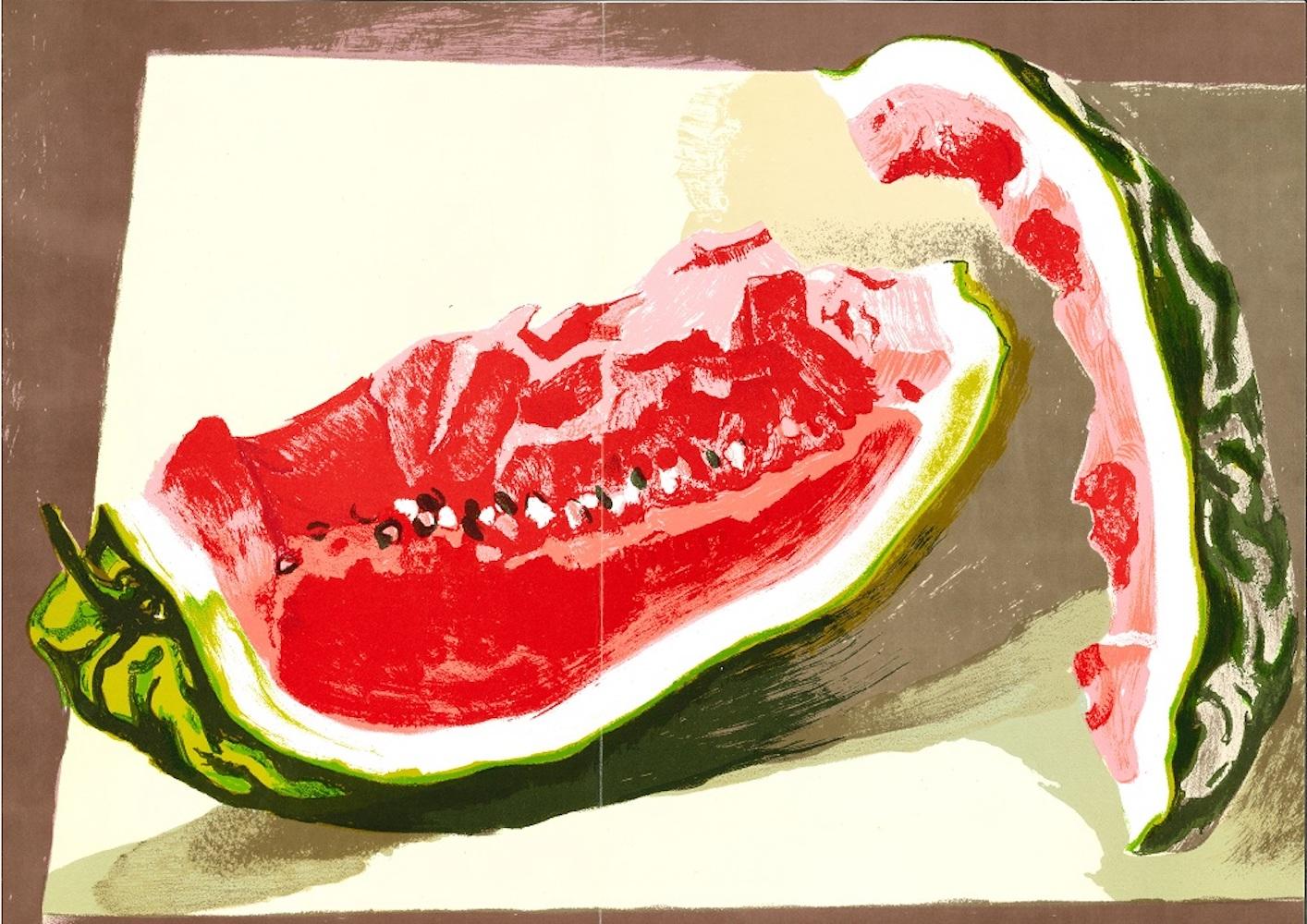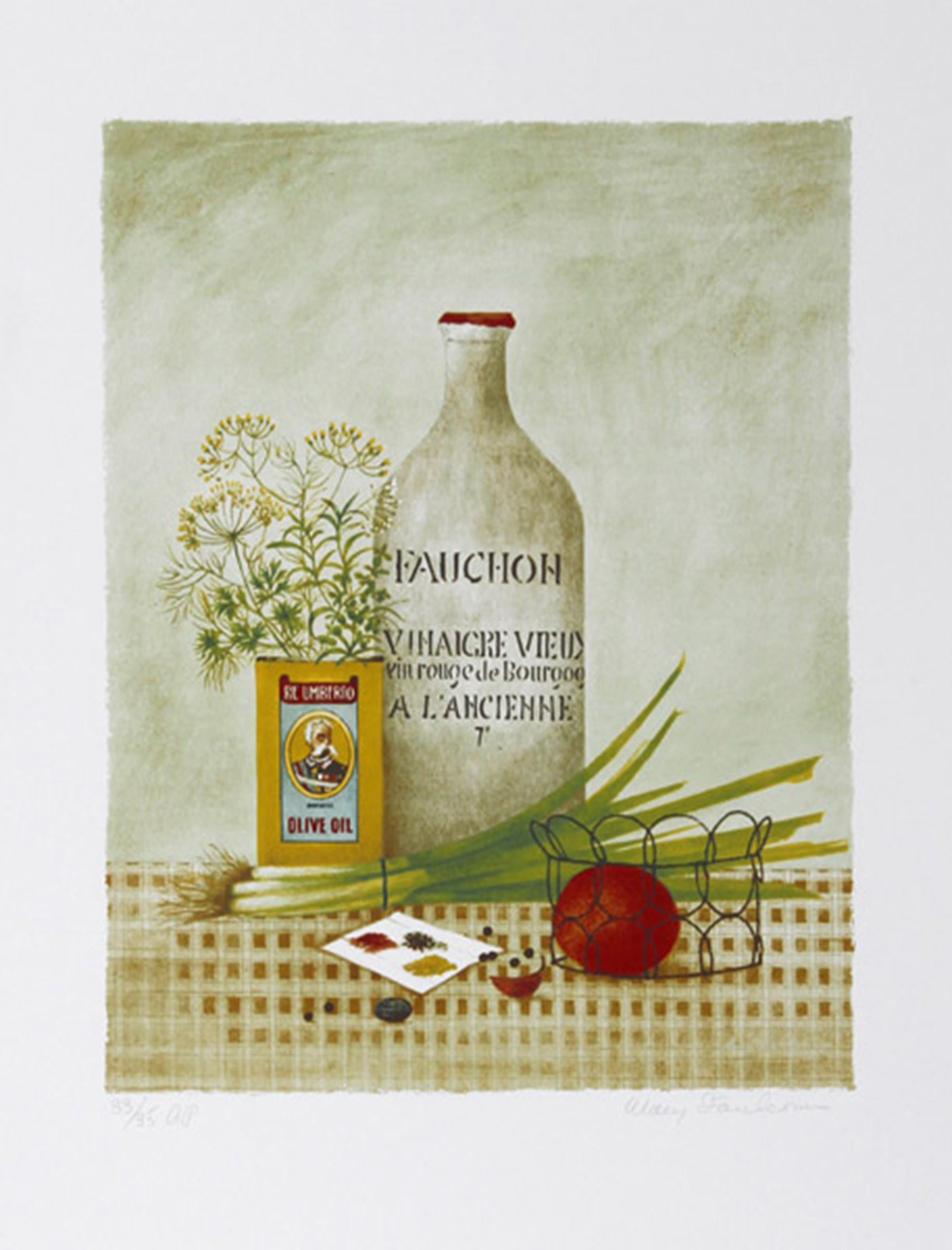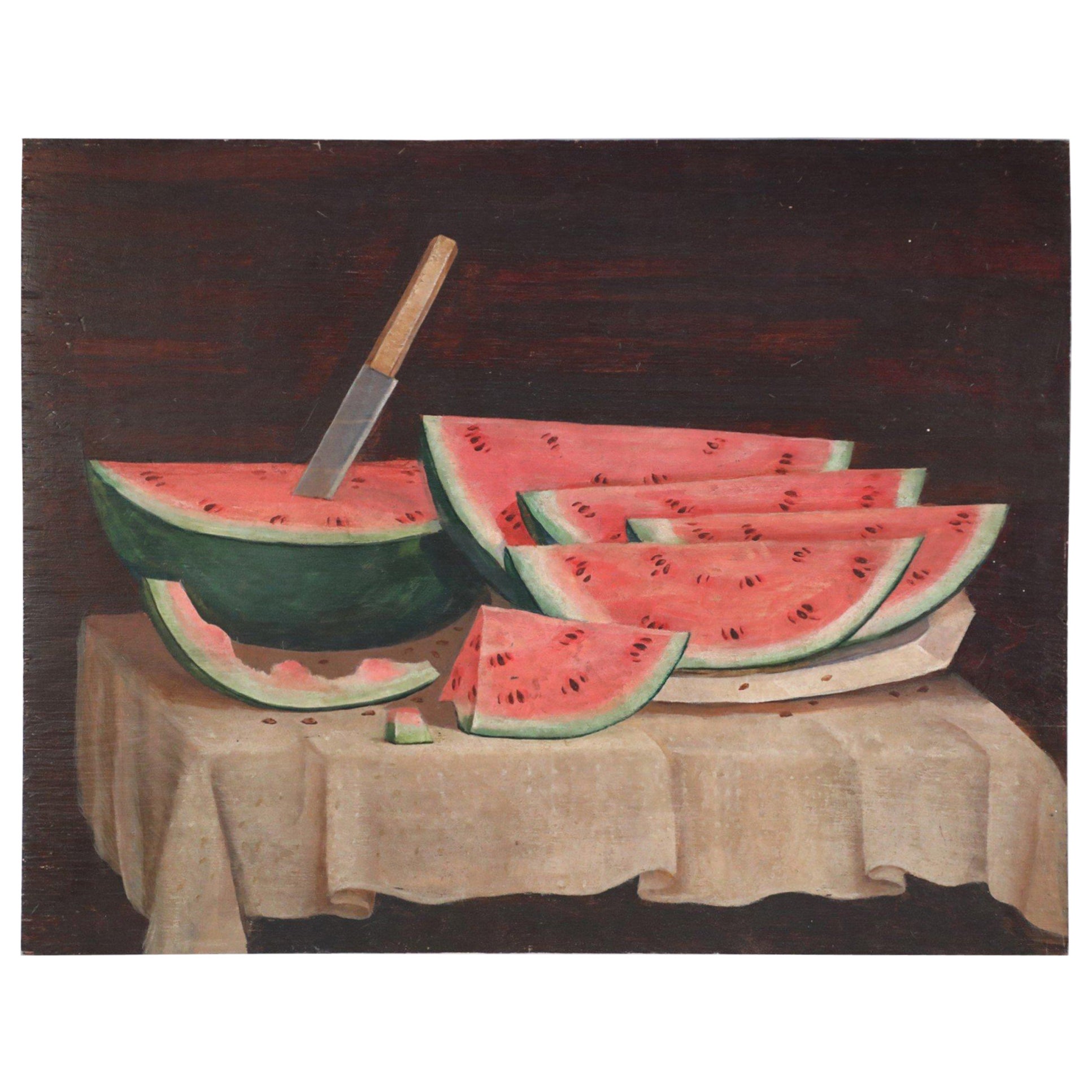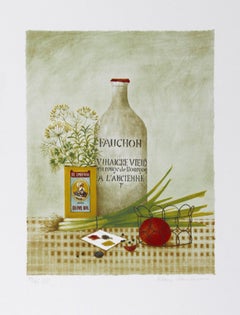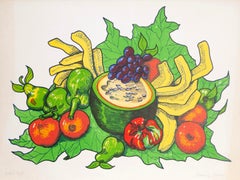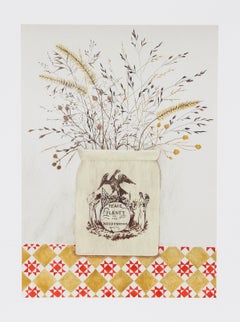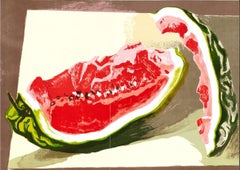Mary FaulconerSummer Melon, Folk Art Lithograph by Mary Faulconercirca 1980
circa 1980
About the Item
- Creator:Mary Faulconer (1912, American)
- Creation Year:circa 1980
- Dimensions:Height: 22 in (55.88 cm)Width: 30 in (76.2 cm)
- Medium:
- Movement & Style:
- Period:
- Framing:Framing Options Available
- Condition:
- Gallery Location:Long Island City, NY
- Reference Number:Seller: RO155711stDibs: LU46616001432
Mary Faulconer
Mary Faulconer was also a painter, designer and teacher of advertising from 1936–40 at the Pennsylvania Academy of the Fine Arts, where she had been a student. In 1972, a stamp design by Faulconer was accepted by the U.S. Postal Service. She also did commission paintings for Steuben Glass and UNICEF. Faulconer was born in Pittsburgh, Pennsylvania. Her work was in the private collections of Mr. and Mrs. Paul Mellon, the Duchess of Windsor and Mr. and Mrs. John J. Whitney. She exhibited her work in galleries in New York City, Hilton Head South Carolina, Nashville and Tennessee.
- ShippingRetrieving quote...Shipping from: Long Island City, NY
- Return Policy
More From This Seller
View All1980s Folk Art Still-life Prints
Lithograph
1970s Pop Art Prints and Multiples
Lithograph
1980s Folk Art Still-life Prints
Lithograph
1980s Folk Art Still-life Prints
Lithograph
1980s Folk Art Still-life Prints
Lithograph
1980s Folk Art Still-life Prints
Lithograph
You May Also Like
1970s Contemporary Still-life Prints
Lithograph
1970s Contemporary Still-life Prints
Lithograph
1960s Modern Still-life Prints
Lithograph
1950s Modern Still-life Prints
Lithograph
20th Century American Mid-Century Modern Paintings
Acrylic, Wood
1990s French Greek Revival Prints
Paper
Read More
Romare Bearden’s Humanity Infuses His Bright, Bold Art
Through collage, painting and printmaking, the artist foregrounded Black life in America in revolutionary new ways.
Chryssa’s 1962 Neon Sculpture Was Way ahead of the Art-World Curve
By working with lettering, neon and Pop imagery, Chryssa pioneered several postmodern themes at a time when most male artists detested commercial mediums.
